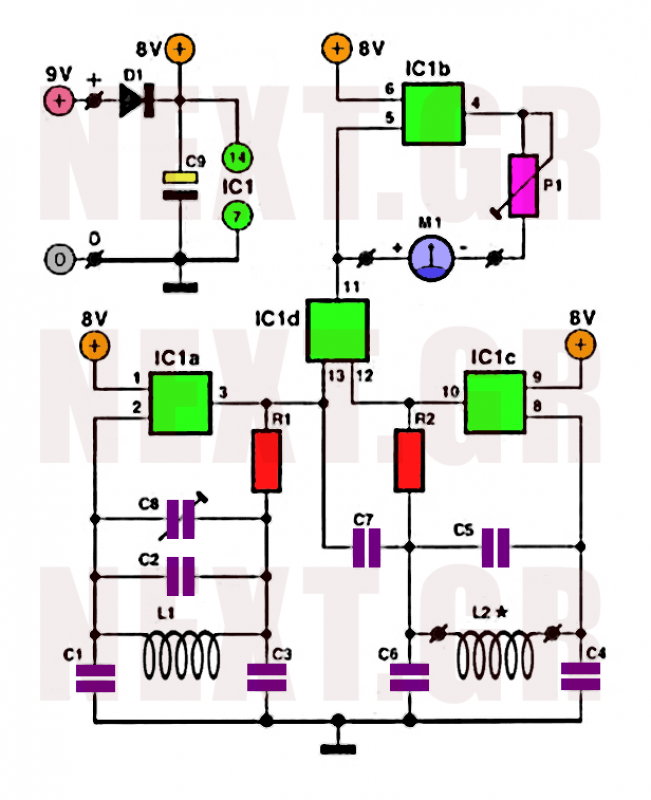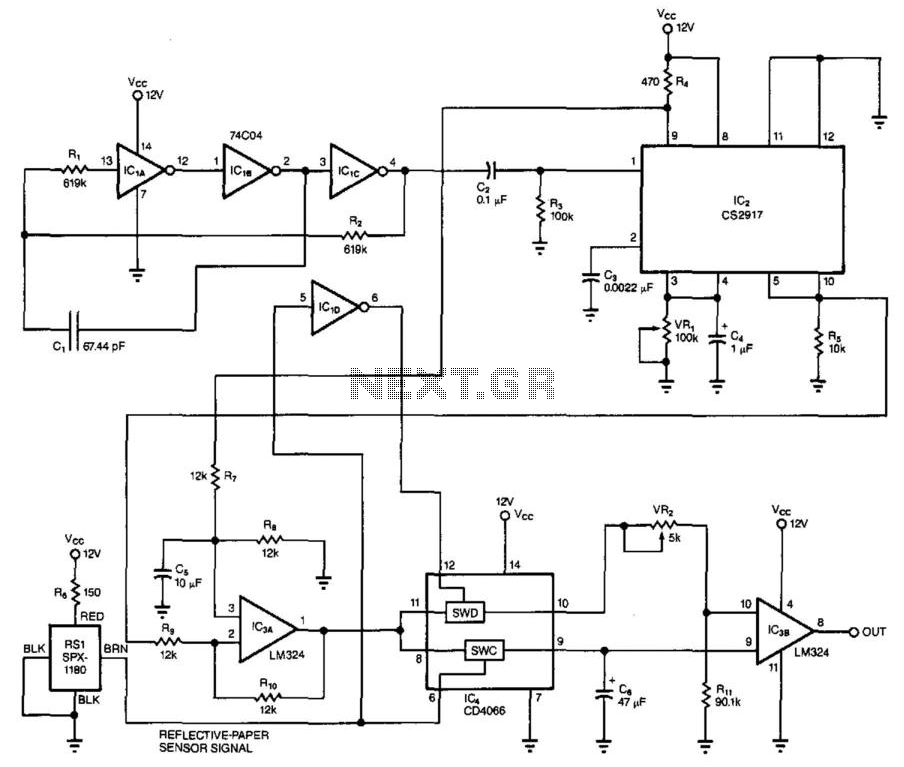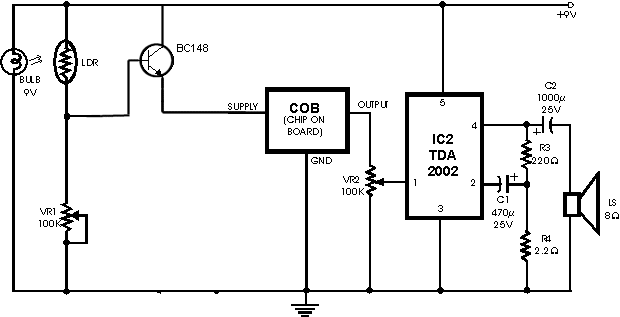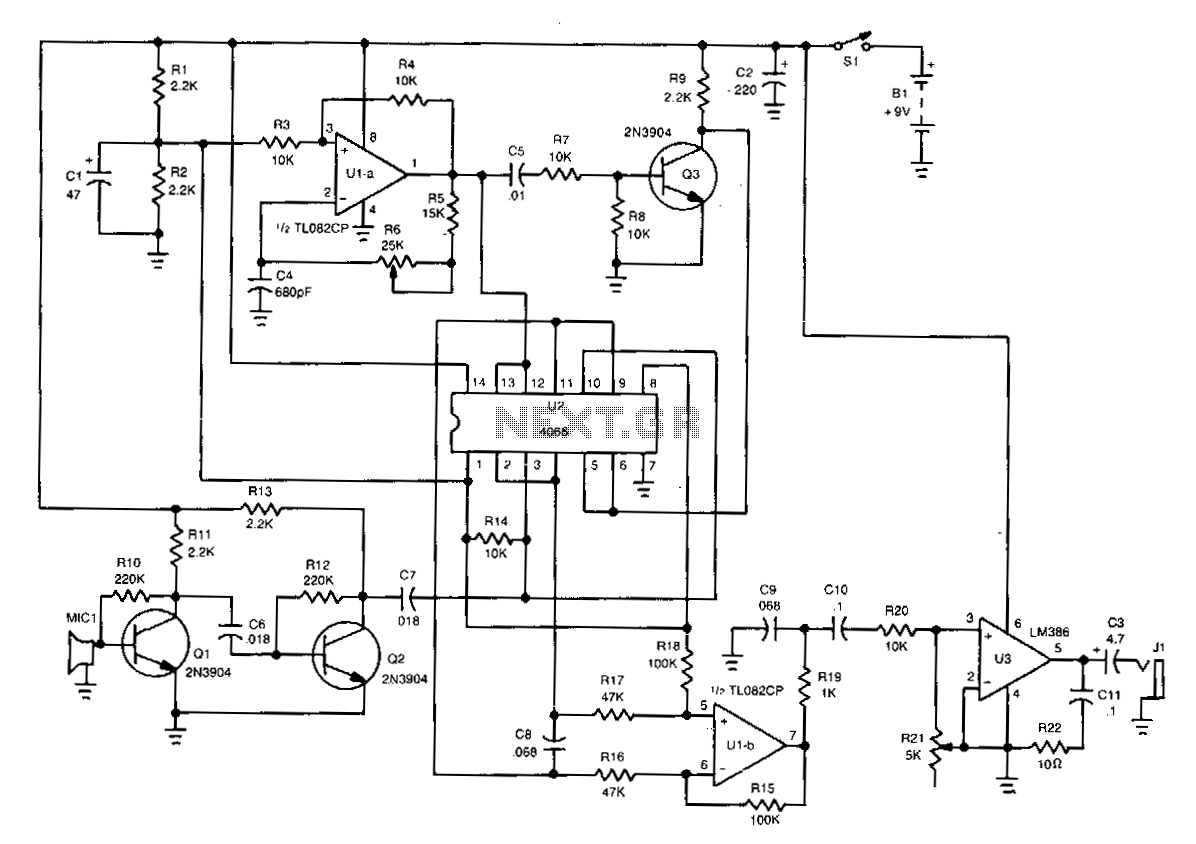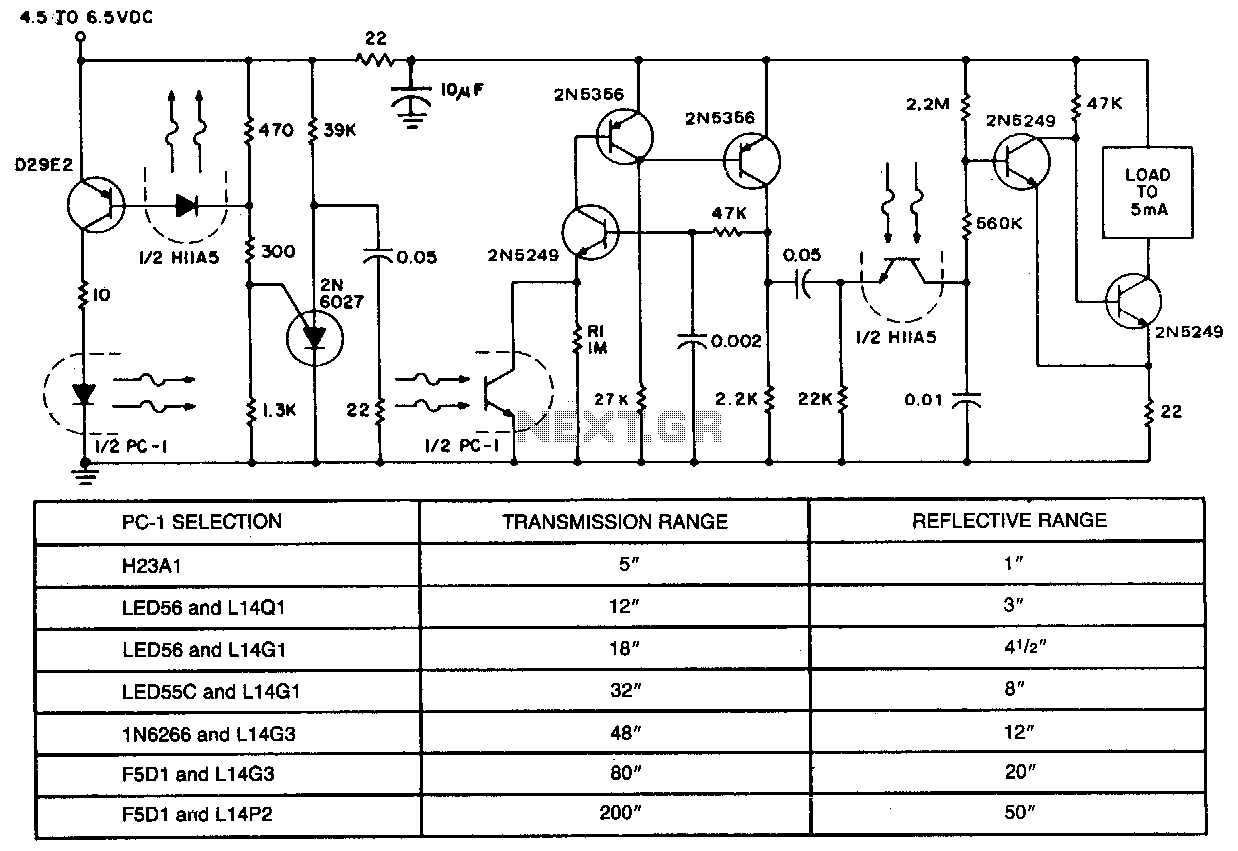
Ultrasonic Distant Obstacle Detector

The first sensor that a robot is typically equipped with is an obstacle detector. It can take three different forms, depending on the type of obstacle to be detected.
Obstacle detectors are essential components in robotic systems, designed to enhance navigation and safety by identifying and responding to physical barriers in the robot's environment. These sensors can be categorized into three primary types: ultrasonic sensors, infrared sensors, and LIDAR systems, each with its unique operational principles and applications.
Ultrasonic sensors operate by emitting high-frequency sound waves and measuring the time it takes for the echo to return after bouncing off an obstacle. This time delay is then converted into distance, allowing the robot to detect objects within a specified range. These sensors are particularly effective in indoor environments and can be used to avoid collisions with stationary or moving obstacles.
Infrared sensors, on the other hand, utilize infrared light to detect obstacles. They emit infrared radiation and measure the intensity of the reflected light. When an object is in proximity, the amount of reflected light changes, indicating the presence of an obstacle. Infrared sensors are commonly used in line-following robots and applications where quick response times are required.
LIDAR (Light Detection and Ranging) systems represent a more advanced form of obstacle detection. They use laser pulses to measure distances with high precision. By scanning the environment and creating a detailed map, LIDAR systems can identify obstacles with great accuracy, making them suitable for complex navigation tasks in dynamic environments.
In summary, the choice of obstacle detector depends on factors such as the environment, required precision, and the nature of the obstacles to be detected. Each sensor type has its advantages and limitations, and selecting the appropriate one is crucial for effective robotic operation and navigation.The first sensor a robot usually gets fitted with is an obstacle detector. It may take three different forms, depending on the type of obstacle you want t.. 🔗 External reference
Obstacle detectors are essential components in robotic systems, designed to enhance navigation and safety by identifying and responding to physical barriers in the robot's environment. These sensors can be categorized into three primary types: ultrasonic sensors, infrared sensors, and LIDAR systems, each with its unique operational principles and applications.
Ultrasonic sensors operate by emitting high-frequency sound waves and measuring the time it takes for the echo to return after bouncing off an obstacle. This time delay is then converted into distance, allowing the robot to detect objects within a specified range. These sensors are particularly effective in indoor environments and can be used to avoid collisions with stationary or moving obstacles.
Infrared sensors, on the other hand, utilize infrared light to detect obstacles. They emit infrared radiation and measure the intensity of the reflected light. When an object is in proximity, the amount of reflected light changes, indicating the presence of an obstacle. Infrared sensors are commonly used in line-following robots and applications where quick response times are required.
LIDAR (Light Detection and Ranging) systems represent a more advanced form of obstacle detection. They use laser pulses to measure distances with high precision. By scanning the environment and creating a detailed map, LIDAR systems can identify obstacles with great accuracy, making them suitable for complex navigation tasks in dynamic environments.
In summary, the choice of obstacle detector depends on factors such as the environment, required precision, and the nature of the obstacles to be detected. Each sensor type has its advantages and limitations, and selecting the appropriate one is crucial for effective robotic operation and navigation.The first sensor a robot usually gets fitted with is an obstacle detector. It may take three different forms, depending on the type of obstacle you want t.. 🔗 External reference
